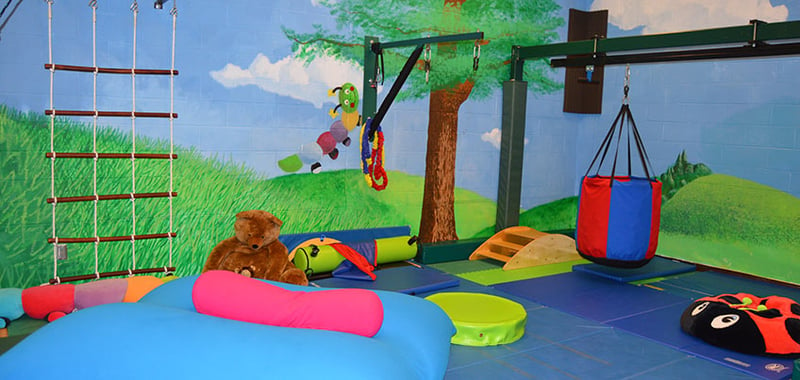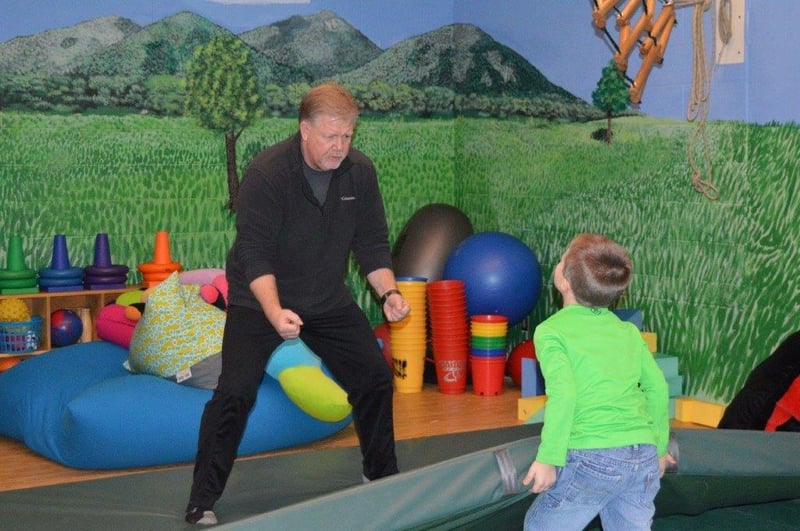A Quick Guide to Writing Grants for Sensory Rooms in Schools
Look, we get it.
Your schedule’s packed as it is. The last thing you feel like doing in your non-existent free time is writing grants for sensory rooms.
Applying for grants is time-consuming (a single application can take months to complete). It’s also tedious.
But the thing is, creating sensory rooms in schools is expensive (but worth it).

A sensory space often requires extensive renovations or a full-on makeover, especially if it includes equipment for children with autism spectrum disorders, behavioral challenges, or other special needs.
So, unless your school has extra-deep pockets, you’ll need to step up your fundraising efforts and start sending those grant applications out!
How to Write Grants for Sensory Rooms in Schools Like a Pro
Grant writing can feel overwhelming but doesn’t have to be if you follow these basic steps:
1. Get Clear on What You Need
A solid proposal starts with specifying your needs and your goals for the sensory room.
- What equipment are you looking to buy?
- Where are you going to put it?
- How will children use it, and how will it benefit them?
To strengthen your application, take the guesswork out of it and back your proposal up with hard data.
- What percentage of your student population has special needs or could benefit from sensory therapy?
- What does the research say about the role of sensory stimulation in education and early childhood development?
Explaining your needs and goals clearly makes it easier for the reader to grasp your vision. It also shows your project is well-thought-out and the funds would be put to good use.
2. Research, Research, Research
The “R” word is scary but essential. Grant research has three levels:
- Researching needs: Strong needs data really help sell your proposal. Data should begin locally from your building or district and expand by county, state, or region. The best sources for needs data are government agencies and other reputable institutions.
- Researching funding sources: Look for local community grants first and find out what they fund. Then, expand geographically and by topic. Knowing a funding organization’s priorities or having local connections increases your chances of success.
- Researching best practices: Find evidence-based strategies you can copy to address your needs. Replicating existing programs with a proven track record can help eliminate questions about the efficacy of your proposal.
3. Set a Budget, and Keep It Sensible
Specify your budget after defining your needs and the grant idea. The budget should be appropriate for your goals and within the funding organization’s limits.
Keep in mind that multi-year grants often require a report showing how funds were used and what the benefit was specific to your goals and timeline. So, while budgets can be flexible, grant recipients must have a strong rationale as to why a line-item budget change is needed. Whatever the reason, documentation should be provided.
4. Don’t Go It Alone

Writing grants for sensory rooms in schools is a lot of work.
You’ll have to collect needs data, support letters, and impact statements — and that’s just the tip of the documentation iceberg.
In addition, you want to develop relationships within your school and cross-district to ensure that your proposal tackles issues from different perspectives.
Panels like to see multi-dimensional and interdisciplinary approaches, especially when addressing the needs of specific student populations (e.g., children with disabilities) or cross-disciplinary topics such as:
- Behavior management
- Reading intervention
- Differentiation strategies
- Curriculum scaffolding
- Grade-level outcomes
The takeaway? Writing grants isn’t a one-person job. Build a team.
5. Take Your Time Writing the Proposal
First, read the directions carefully! Follow all guidelines and make sure your organization meets the funding agency’s requirements.
Then, write clearly and be sure to:
- Outline your goals
- Explain how and when they will be addressed, and by whom
- Show how each goal will impact students once met
It’s also a good idea to include a reader’s guide if the proposal is lengthy or has a page limit. Appendices are only helpful if the reader can find the supporting documents.
Last but not least, don’t forget to sign all pages that require a signature!
6. Go Over the Content with a Fine-Tooth Comb
When you’re done writing, ask an outside parent or teacher to proofread the proposal.
A mistake that often falls through the cracks when writing grants for sensory rooms is using assumed acronyms (RTI, IEP, CAPE, SPED, etc.). Remember, some panel members may not be in your field but are still part of the funding foundation. Always write out acronyms or list frequently used acronyms in the reader’s guide.
You also want to ensure everyone on your team is on the same page with the content. Dissension across disciplines is a sure-fire way to get the proposal to fail.
7. Submit the Application
Submission may be online or require a one-page letter outlining your goals. In any case, ask for proof of receipt.
Remember to also double-check all guidelines before submitting anything. It’s a great disappointment to work hard on a proposal only to have it rejected for silly reasons, like sending it to the wrong address or not including a title page with a summary.
And be sure to check the guidelines at least several days before the deadline. You don’t want to find out you need the superintendent’s signature 15 minutes before the grant is due!
8. Be Patient and Stay Committed
Don’t get discouraged if you don’t succeed the first time around. Ask why the funding organization rejected your proposal and see if you can retry in the next funding cycle. There are many grants for sensory rooms in schools out there, so be patient, keep researching, and build relationships.
Need Assistance with Funding a Sensory Room in Your School?
The Fit & Fun team can help boost your fundraising efforts!
Just schedule a consultation to speak with our grants and funding experts. We’ll walk you through available financing opinions and connect you with a grant application writing assistant.



Leave a comment